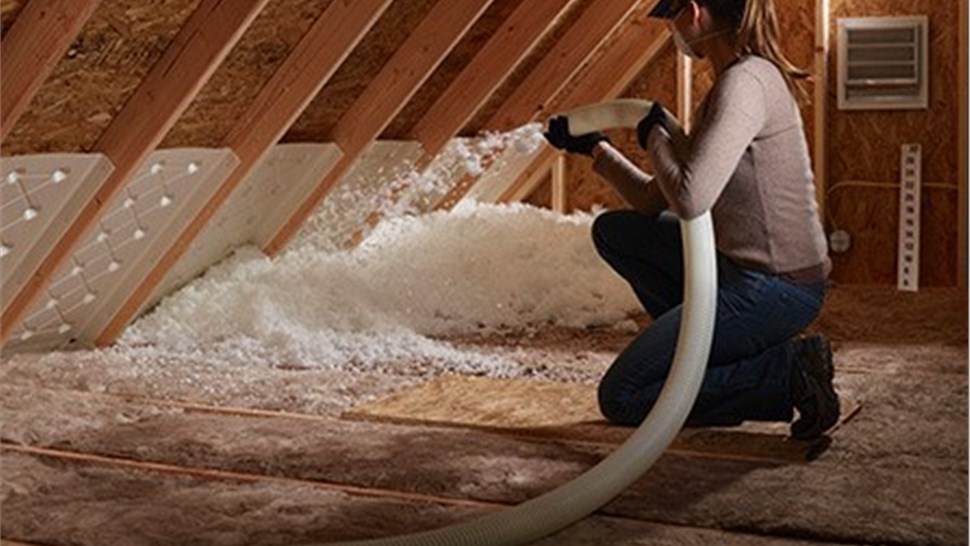Blown-in insulation is also known as loose-fill insulation. This is the best method for any existing structure as well as additional insulation. In this, loose particles are blown into the interior as well as the outer walls of the building, either in an attic or in wall cavities.
It is best to get the installation of blown-in insulation done by a professional, as there has to be an even distribution of these loose particles. For more information about blown in insulation, you can see here now.

Image Source: Google
The basic types of blown insulation will include fiberglass, mineral types, and cellulose. This classification is based on the kind of material that is being used. Fiberglass remains the most common. Insulation in this case involves small particles that are made of glass fiber.
In the case of mineral wool type blown-in insulation, there are particles made of rock or steel slag. Cellulose insulation consists of recycled newspapers or cardboard treated with chemicals, which are resistant to flames as well as pests.
There are many advantages of using blown-in insulation. A few of these are detailed below:
- It is highly economical compared to other forms of insulation.
- It is easy to install, especially in hard-to-reach areas.
- You can work around obstacles including a chimney or stove vent.
- This is an eco-friendly option as recycled material is being used.
- You may use it either as your primary insulation, or add it to the existing insulation for filling in gaps or providing an additional form of heat barrier.

 a business analyst and part time blogger. I am crazy about gathering latest information around the world. I have started this blog to share my knowledge & experience.
a business analyst and part time blogger. I am crazy about gathering latest information around the world. I have started this blog to share my knowledge & experience.